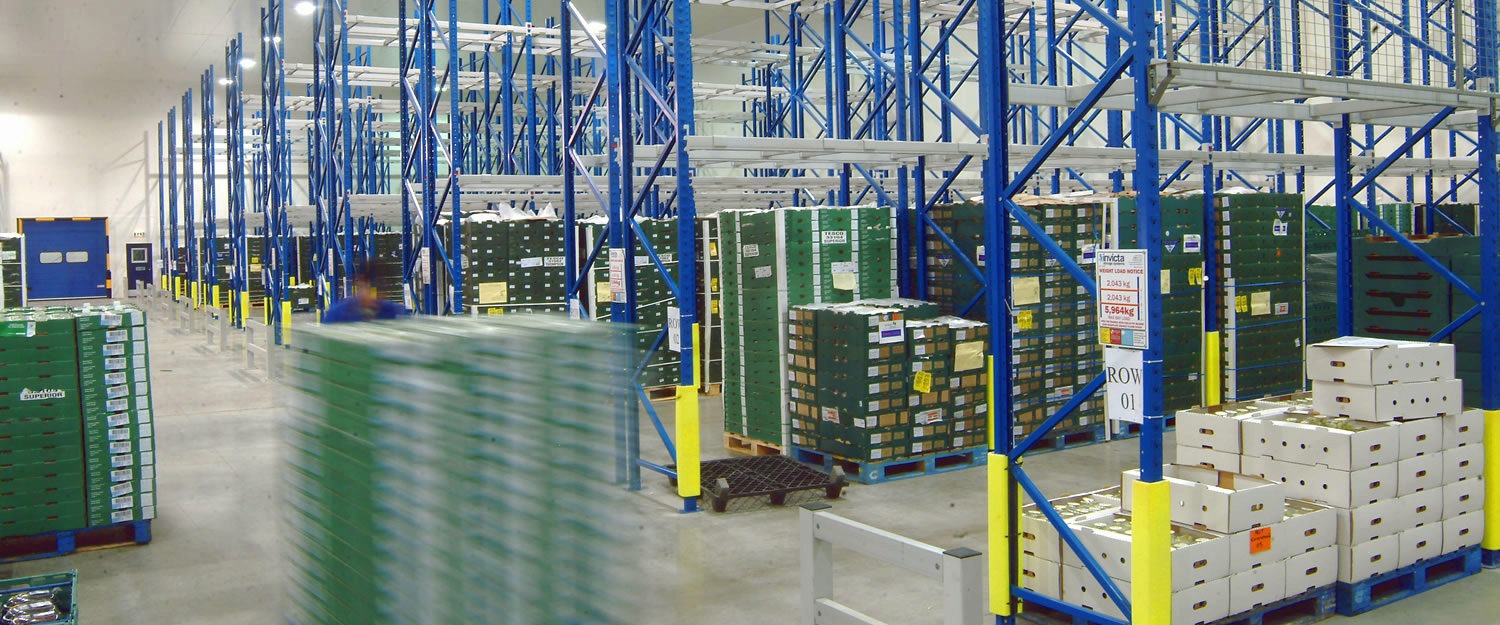For your information
You are being redirected to one of our divisional subsites which contains more detailed information on the required division. To navigate back to the main Invicta Group site, please click the link found in the footer at the bottom of the page.
Why great back-of-house storage is the key to retail success
7th January 2020
Shelf esteem
Quick Quote
Contact Mick Coyne
To get a quotation or arrange a free site survey - Call Mick Coyne on
-
 UK
UK
Current location:
Quick Quote
Contact Mick Coyne
-
 UK
UK
Current location:
There’s something of an obsession in retail at the moment concerning the customer experience. With bricks-and-mortar retail going through a transitional phase, and eCommerce competitors entering the space with cashierless stores, the emphasis is being placed on ‘experiential shopping’. The way to boost footfall and retention is to make the customer’s journey as beguiling as possible, with a treasure trove of interesting items to lure people in.
While a positive customer experience is always vital, the relentless focus on getting people through the door ignores some of the fundamentals of a lean and successful retail business. While front-of-house displays are being glitzed up and the position of items is agonised over, back-of-house storage is often neglected, with a negative impact on the business’ bottom line. Getting back-of-house storage right should be a retail business’ first priority, and set the standard for everything that follows.
Behind the curtain
For many retail businesses – and particularly the larger ones, with impressive and uniform branding – decor and design are everything. From hoardings to window stickers to the way in which shelves are dressed and displayed, the front-of-house environment is engineered to suck people in, keep them engaged, and direct them to the products they need. For smaller stores, the focus may instead be on the products they ‘don’t need’ – trinkets, oddities and other unique items which distinguish the shop from its bigger brethren.
Customer service is a part of this, and equal focus is often given to outfitting staff with the knowledge they need to help customers, and direct them to the things they need. Where this often falls down, however, is the way in which the front-of-house experience clashes with back-of-house design. Just think of how many times you’ve found an item on the shelf or checked online that it was in stock, only to find that it’s gone missing when you reach the counter. Or consider the case where you find the perfect piece of clothing, only to find that it’s marred by a grubby mark.
Problems like this interrupt the shopping experience for customers, as they’re forced to wait around for someone to scamper around the stockroom, or for a manager to decide if an item is sufficiently damaged to qualify for a discount, or be removed from sale altogether. In some cases, the elaborate front-of-house displays are a veneer of order and professionalism over a chaotic back-of-house, where storage is ramshackle and staff are undermined by their inability to find products. This disparity undermines the time and money that’s being put into the customer experience, and prevents staff from engaging with customers in a positive and timely way.
Get your house in order
Back-of-house storage doesn’t start out chaotic, but tends to snowball from small design flaws or errors, and never gets knocked back into shape. The constant churn of input and output from most retail back-of-house storage means that there is ‘never time’ to correct these problems, lest the store be shut down and lose business. Instead, staff are forced to skirt around a jumble sale’s worth of misplaced goods, learning where they need to look for products that aren’t where they ought to be. Delays stack on top of delays, lengthening the purchasing process and increasing frustration for the customer.
Poorly designed back-of-house racking or shelving might not be adaptable enough to host different types of products, leading to stock being shifted around or left in front of the racks. It may also not have been designed with the business’ picking process in mind, such as in regards to access requirements, the number of items that need to be picked at once, or the means by which those items make it from the storage space to the shop floor. There may also not be different processes for restocking front-of-house shelving and picking individual items for customers, such as when they request a certain size or colour of clothing.
Back-of-house racking may also not be sufficiently integrated with or set-up for use with your inventory system, leading to errors in how stock is counted and managed. A messy stockroom can make it easy to miscount stock, identify one kind of stock as being another product, or assume at a glance that there’s sufficient stock when there isn’t. While much of this is usually managed by a computerised system, it’s surprisingly easily to compromise this with human error, and fail to update the system correctly to reflect what’s actually in the front and back-of-house.
More space, less waste
Faced with these familiar issues, retail stores are increasingly looking to replace or expand their back-of-house storage with modern storage systems. By installing high-density racking or shelving, retail businesses can ensure that their back-of-house storage is both better organised (with different areas and products clearly demarcated) and more flexible, allowing different sizes of goods and pallets to be stored in different areas. This is particularly important where stock is prone to seasonal change, while space can also be left to expand and augment the storage system.
A new high-density storage solution can save as much as 50% of the space of traditional racking or shelving, allowing you to either store twice as much, or reduce the size of your stockroom or warehouse. This has the added benefit of freeing up more space for front-of-house, giving you more freedom to display stock and invest in experiential design. By ensuring that stock is packed densely while remaining visible and accessible, potential damage – and therefore wastage – should also be reduced. This should mean fewer returns, fewer enquiries from customers and less discounted stock – saving you both time and money.
Revamping your back-of-house storage is an ideal opportunity to correct any systemic problems that may have arisen, and have another look at how you manage your inventory. Despite this, however, you won’t necessarily need to shut your retail store down. At Invicta, we pride ourselves on assessing the precise nature of your storage project, and delivering a solution to spec. We endeavour to work around your existing operations, upgrading or replacing your storage system in a way that minimises disruption and maximises your storage space.
With retail storage clients including Barbour, Vans, Gucci, Nike, Lego, Lacoste and Skechers, we have a legacy of delivering quality storage solutions for all sizes of stores. Contact us today to speak to a dedicated advisor, discuss your needs, and book a complimentary site visit.











Share/Like this page